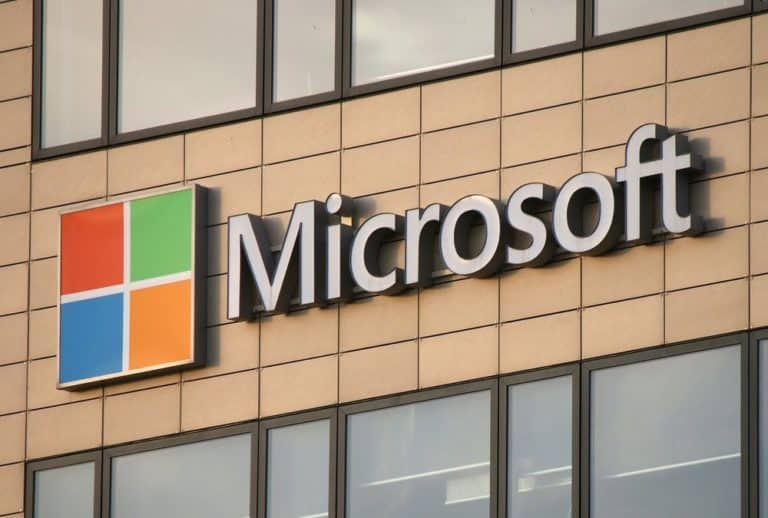Microsoft and the BMW Group have launched an initiative to develop an Open Manufacturing Platform to stimulate innovation and accelerate the development of ‘smart’ factories. That’s what Reuters says.
“Microsoft will work with the BMW Group to transform the efficiency of digital production across the industry,” said Scott Guthrie, executive vice president of Microsoft Cloud + AI Group. “Our commitment to building an open community will open up new opportunities for collaboration throughout the value chain.
The intention is that the platform will be built on the Microsoft Azure IIoT (Industrial Internet of Things) Cloud platform, which BMW already uses. The reference architecture is based on open source standards. This approach should encourage other partners to participate in the initiative.
The goal is to have an initial set of four to six partners by the end of 2019, with a minimum of fifteen initial use cases already deployed in a production environment. BMW has already connected 3,000 machines, robots and stand-alone transport systems to its own IIART platform built on Azure. The company said to use some of its initial use cases for the project.
Second cooperation
This is the second time in a week that such cooperation has been established. Last week, Amazon Web Services (AWS) and Volkswagen announced the connection of the 122 Volkswagen Group facilities to improve production systems and processes. That network between Volkswagen’s factories and department stores must be set up by Amazon. In the long term, Volkswagen’s global supply chain must be integrated.
Both collaborations show a push from “hyperscale” cloud computing providers to collect and manage the terabytes of data that are thrown away by the network of connected devices such as robots and sensors that make up the IoT.
This news article was automatically translated from Dutch to give Techzine.eu a head start. All news articles after September 1, 2019 are written in native English and NOT translated. All our background stories are written in native English as well. For more information read our launch article.